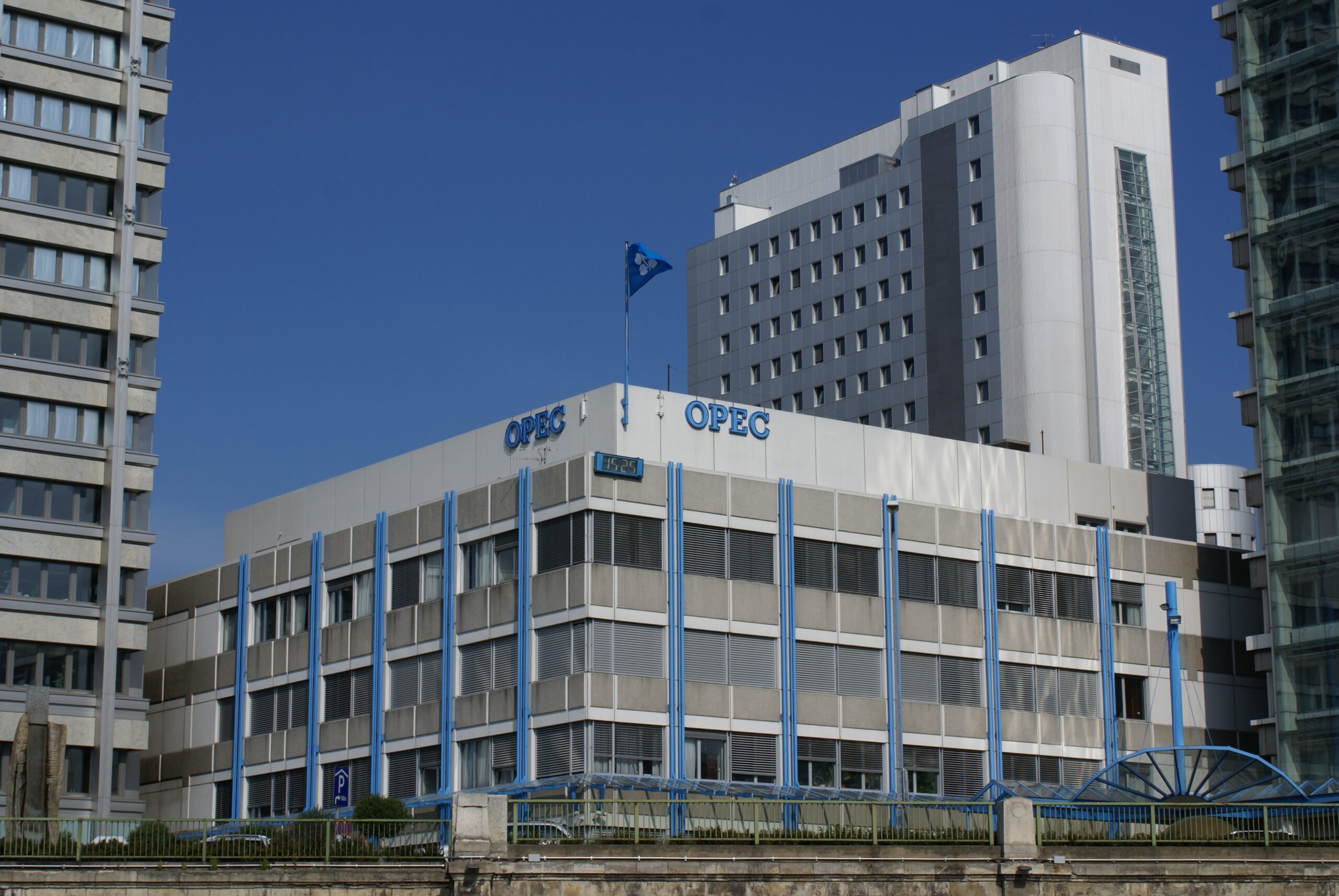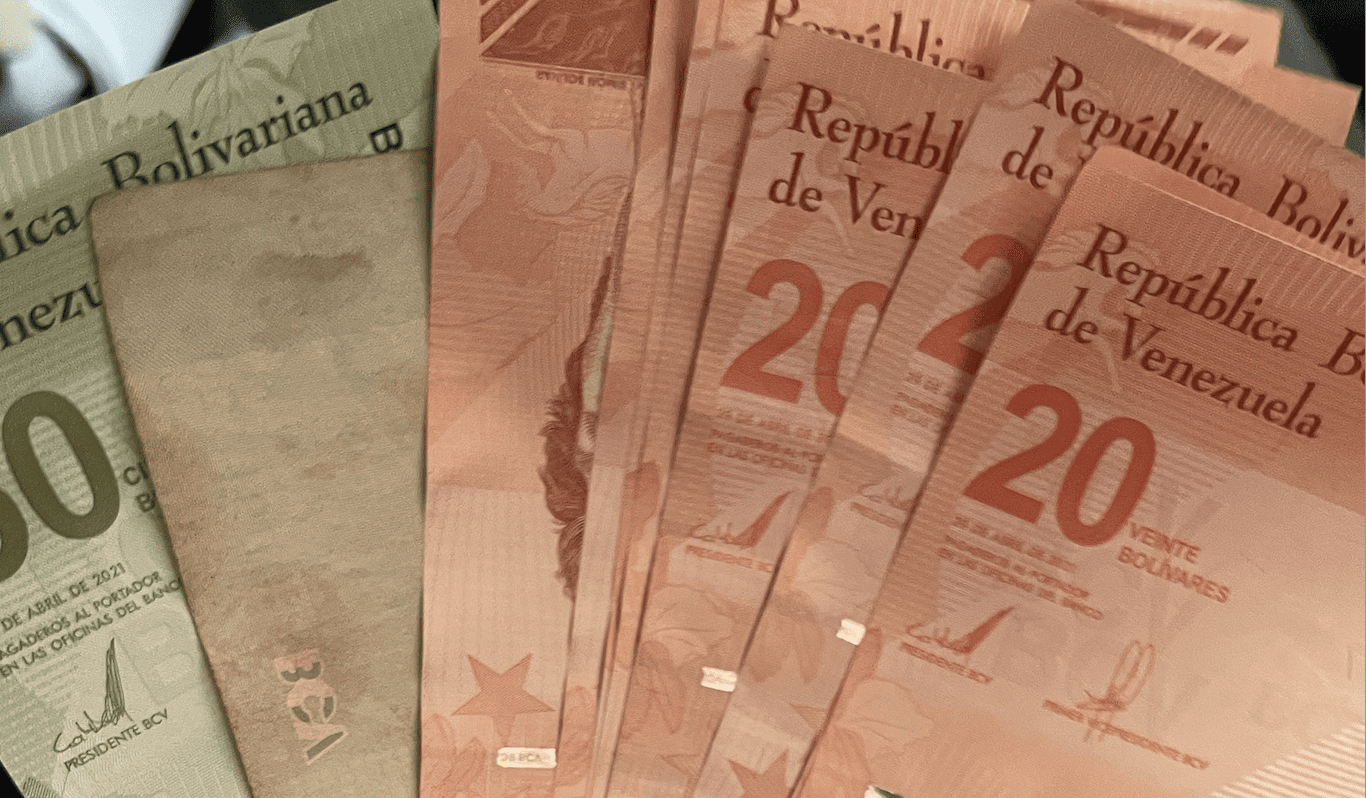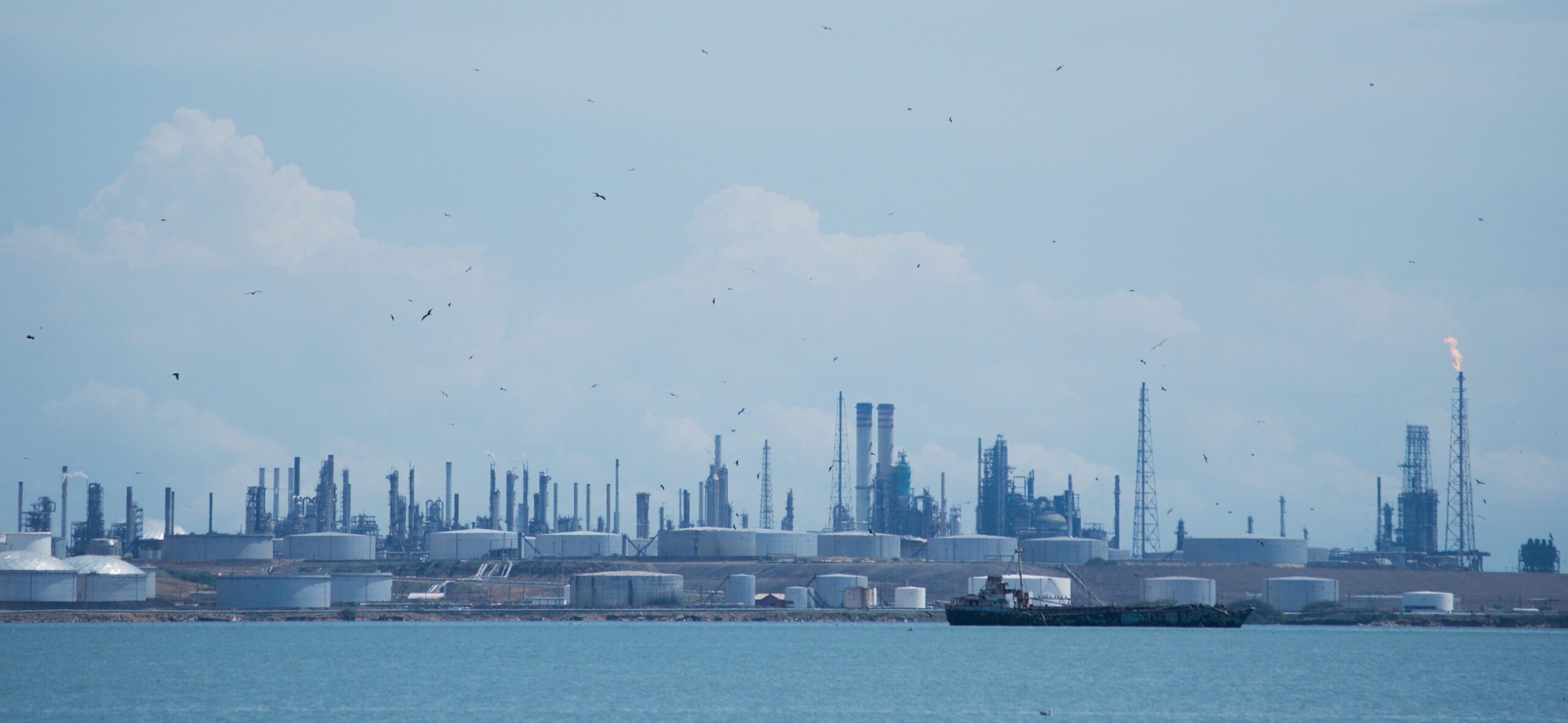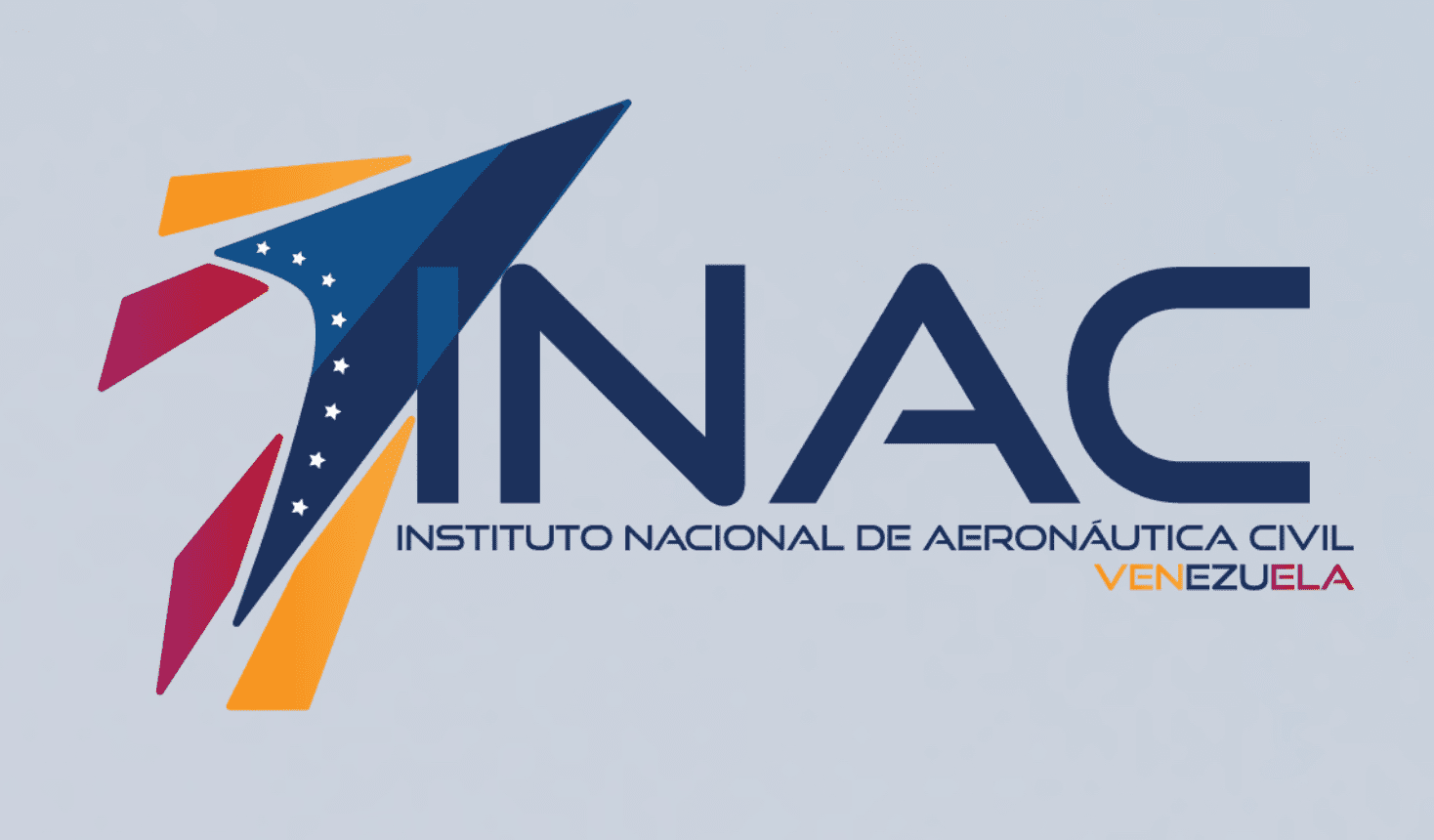Guacamaya, July 11, 2025. The oil cartel predicts that the world will need nearly 123 million barrels per day in 25 years, driven by developing economies, despite the rise of electric vehicles and renewable energy.
At the 9th OPEC International Seminar held this Thursday, the Organization of the Petroleum Exporting Countries presented its World Oil Outlook 2025 with a clear message: the world will continue to need more and more oil. Contrary to forecasts by the International Energy Agency (IEA), which places peak demand before 2030, OPEC estimates that consumption will continue to grow steadily, reaching nearly 123 million barrels per day by 2050, largely due to the momentum from India, Africa, and the Middle East.
“The world will need more energy in the coming decades, and all sources will be necessary to ensure security and stability,” said OPEC Secretary General Haitham Al Ghais. According to the report, although demand in Europe and North America may stabilize or decline, developing regions—thanks to their population growth, urbanization, and rising incomes—will continue to rely on oil as an affordable and reliable source.
However, OPEC acknowledges a slight downward adjustment in its medium-term projections, attributed to slower growth in China and the accelerated adoption of electric vehicles. By 2029, it projects demand of 111.6 million barrels per day, slightly below the previously estimated 111.8 million.
The report also outlines three possible scenarios for mid-century: a central scenario, with demand around 122.9 million barrels per day; a more optimistic one, if equitable access to energy is ensured, which could push demand to 127 million; and a more conservative one, under aggressive climate policies, with demand falling to 96 million.
Additionally, it warns that meeting this demand will require massive investments: approximately $18.2 trillion by 2050 for exploration, extraction, refining, and maintaining oil infrastructure, especially since current fields decline by 4% to 5% annually. Without these investments, the world could face shortages and price instability.
At a time when OPEC+ is beginning to ease voluntary production cuts—with over 400,000 barrels per day reintroduced since May, though with basic restrictions until 2026—the cartel insists that the energy transition must be “orderly, fair, and inclusive.” According to its estimates, by 2050, fossil fuels will still account for over 60% of global supply, with oil covering nearly a third of demand.
The report concludes by noting that while millions still lack access to modern energy services, the challenge is not only decarbonization but also ensuring affordability and energy security for all.
What does this mean for Venezuela?
OPEC’s forecasts offer a window of opportunity for Venezuela, though not without challenges.
The country, which holds the world’s largest proven crude reserves, could benefit from the projected demand growth until mid-century, especially if it manages to strengthen its access to emerging markets in Asia, Africa, and the Middle East, where consumption growth will be concentrated.
However, the report also emphasizes the need for massive investments to maintain and expand global production. For Venezuela, whose oil infrastructure has suffered years of disinvestment, international sanctions, and technical deterioration, this is one of its biggest challenges: attracting capital, technology, and reliable partners to revive its industry.
Moreover, the country will need to adapt to an environment where climate pressures and energy transition policies could moderate global demand in the future. Diversifying its markets, ensuring a more stable political environment, and improving its competitiveness will be crucial to avoid falling behind other producers.
In short, OPEC’s projections reinforce the strategic value of Venezuela’s oil, but they also demand deep reforms and long-term vision to turn this potential into reality.







